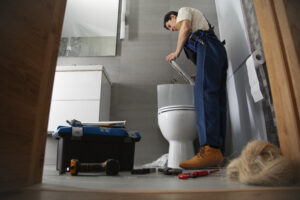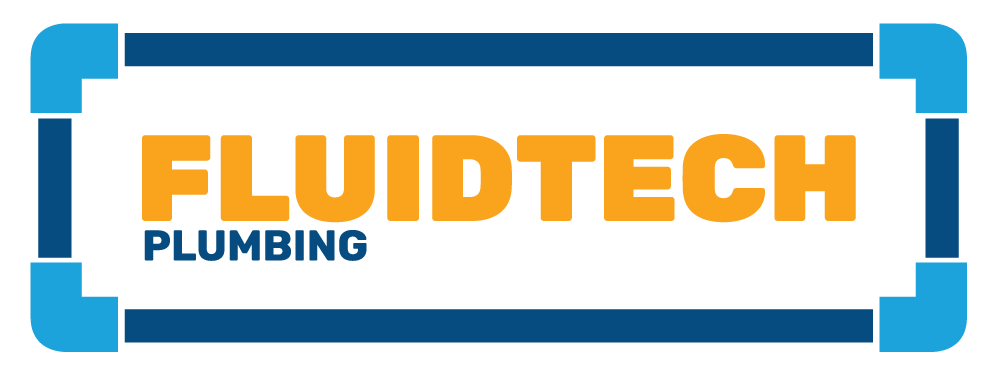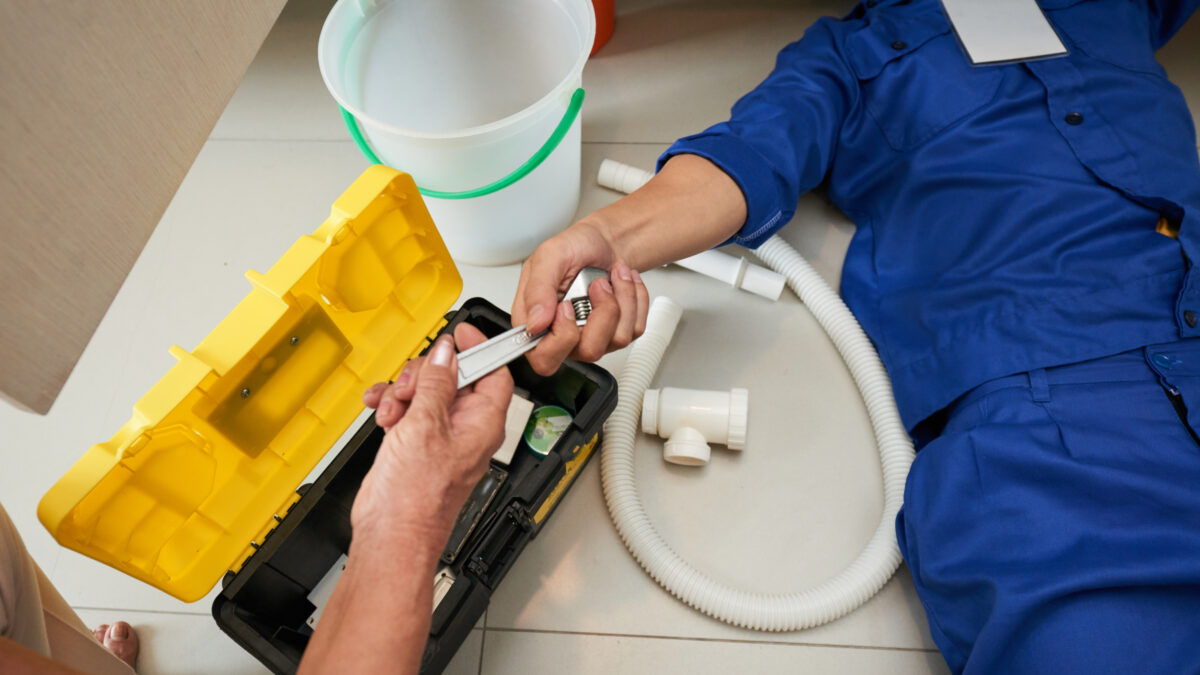Common Plumbing Issues and How to Fix Them: A DIY Guide

Emergency Plumbing Preparedness: What to Do Before the Plumber Arrives
7 March 2024
How to get top residential plumbing repair at an affordable price?
16 July 2024In every household, plumbing challenges are inevitable, but addressing them independently can be empowering and cost-effective. We aim to equip you with practical insights into resolving prevalent plumbing issues. From leaky faucets and clogged drains to running toilets and low water pressure, embark on a journey of DIY solutions. Through step-by-step instructions, we provide the knowledge and confidence to handle these issues independently. Let’s dive into the world of DIY plumbing and transform common challenges like water leak detection into opportunities for self-reliance.
Section 1: Leaky Faucets and Fixtures
Common Causes of Leaky Faucets:
Leaky faucets are often caused by worn-out or damaged components within the faucet assembly. O-rings, washers, and seals can degrade over time, leading to water seepage. High water pressure, mineral deposits, or improper installation are common contributors.
Step-by-Step Instructions for Fixing a Leaky Faucet:
- Turn Off Water Supply: Locate the shut-off valves under the sink and turn off the water supply to the faucet.
- Remove Handle: Use a screwdriver or Allen wrench to remove the faucet handle, exposing the internal components.
- Replace O-Rings and Washers: Inspect O-rings and washers for wear or damage. Replace them with new ones if needed for water leak detection.
- Check Valve Seat: Examine the valve seat for any debris or corrosion. Clean or replace as necessary.
- Reassemble Faucet: Put the faucet components back together in reverse order of disassembly.
- Turn On Water Supply: Gradually turn on the water supply and check for leaks

Section 2: Clogged drains
Common Causes of Drain Clogs:
Drain clogs are often the result of accumulated debris, grease, hair, soap scum, or foreign objects obstructing the free flow of water. Tree roots infiltrating sewer pipes and mineral build-up can also contribute to persistent clogs.
DIY Methods for Unclogging Drains:
1. Plunger Method:
Ensure a tight seal around the drain.
Push and pull the plunger vigorously to create suction.
Repeat until the water starts draining.
2. Natural Remedies:
Pour a mixture of baking soda and vinegar down the drain.
Allow it to sit for 15-30 minutes.
Flush with hot water to clear the clog.
3. Plumbing Snake or Auger:
Insert the snake into the drain and rotate it.
Break up and pull out the clog.
4. Preventive Measures to Avoid Future Clogs:
- Mesh Drain Guards: Install mesh drain guards to catch hair and debris.
- Regular Hot Water Flush: Run hot water down drains periodically to prevent grease build-up.
- Avoid Pouring Grease: Refrain from pouring grease or oil down drains.
- Use a Strainer: Place a strainer over kitchen sink drains to catch food particles.
- Tree Root Prevention: Regularly inspect and address any signs of tree roots invading sewer lines.
- Drain Camera: With this method it becomes easy to detect what causes blockage.
Section 3: Running Toilets
Reasons Behind a Running Toilet:
A running toilet is often caused by a malfunction in the toilet tank mechanism. Common culprits include a faulty flapper, an imbalanced float, or issues with the flush valve.

a. Inspect the flapper
Inspecting the flapper involves lifting the tank lid and examining it for wear, misalignment, or improper sealing. Adjust or replace the flapper to ensure watertight functionality.
b. Examine the float
Examining the floor involves a thorough inspection for any damage, wear, or unevenness. Identifying floor issues early allows for timely repairs and maintenance, ensuring a safe and stable environment for emergency plumber Melbourne.
c. Check the flush valve
Checking the flush valve entails inspecting for debris or mineral buildup that may obstruct water flow. Cleaning the flush valve ensures unobstructed water release during flushing, preventing continuous running.
d. Inspect fill tube issues
Inspecting fill tube issues involves ensuring its secure connection and checking for damage or blockages. Addressing any problems with the fill tube ensures proper water flow during toilet operation.
e. Replace flapper if necessary
Replacing the flapper is crucial if it’s damaged or fails to seal properly. Properly positioning and securing a new flapper ensures a watertight seal, preventing continuous toilet running.
f. Adjust float height
Adjusting the float height is vital for regulating water leak detection levels in the toilet tank, preventing overflow into the overflow tube, and ensuring the toilet stops running promptly after flushing.
g. Clean or replace fill valve
Cleaning or replacing the fill valve is essential for ensuring the proper water refilling after flushing. This maintenance step helps prevent issues that may lead to a continuously running toilet.
h. Check for cracks or leaks
Checking for cracks or leaks in the toilet tank is crucial. Identifying and addressing these issues promptly prevents water wastage and ensures the toilet functions optimally.
Section 4: Low Water Pressure
a. Factors Contributing to Low Water Pressure:
Examine common reasons behind low water pressure water leak detection is a possible explanation, including issues with the municipal water supply, pipe obstructions, or problems within the home’s plumbing system.
b. DIY Solutions for Low Water Pressure:
Guide readers through practical steps to address low water pressure on their own. Include tips on cleaning aerators, checking for hidden leaks, and ensuring proper functioning of pressure regulators.
c. When to Seek Professional Help:
I recommend seeking professional assistance if DIY fixes prove unsuccessful. Highlight signs that may indicate more complex issues requiring the expertise of a plumber to diagnose and resolve effectively.
Section 5: Water Heater Issues
a. Common Water Heater Problems:
Identify prevalent issues affecting hot water system repairs, including issues with heating elements, sediment buildup, or problems with the thermostat.
b. DIY Troubleshooting Steps:
Provide readers with practical steps for DIY repairs, such as flushing the tank to remove sediment or checking the pilot light for proper ignition. These measures can help address common water heater problems.
c. Safety Precautions:
Highlight crucial safety precautions when dealing with water heaters. Emphasize the importance of turning off the power supply, ensuring proper ventilation, and exercising caution to prevent burns or electrical hazards. Proper safety measures are paramount when troubleshooting water heater issues.
You’re ready to rock
From leaky faucets to water heater problems, understanding and addressing these challenges independently saves time and money. Remember, while DIY fixes work for many issues, professional assistance is crucial for complex problems, ensuring a reliable and lasting solution for water leak detection.





